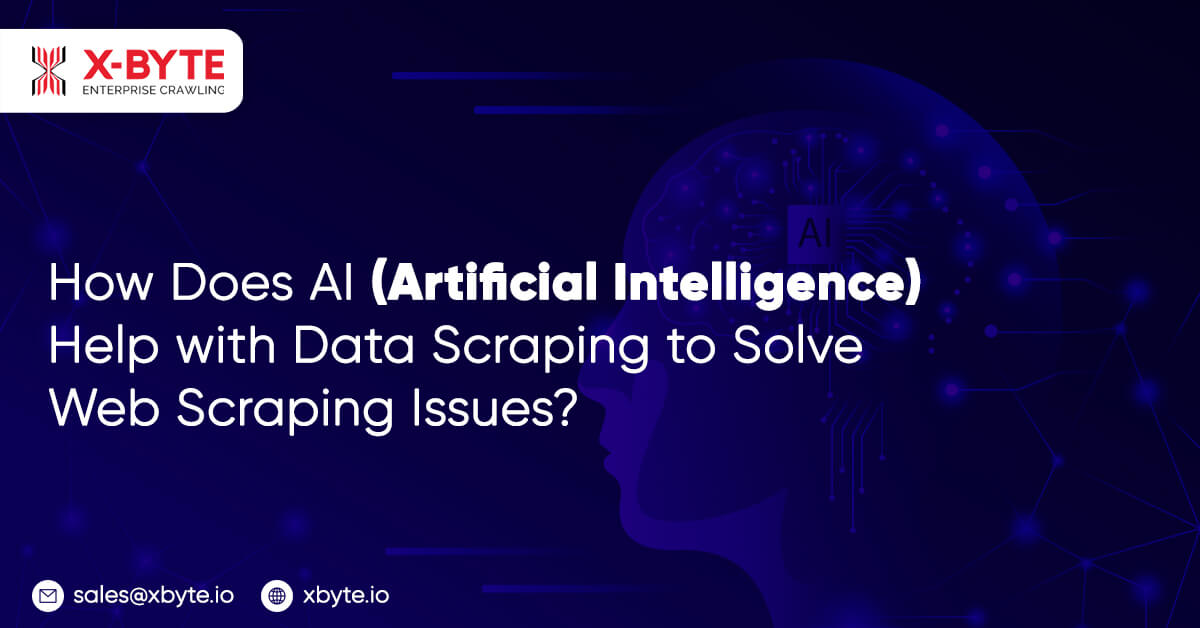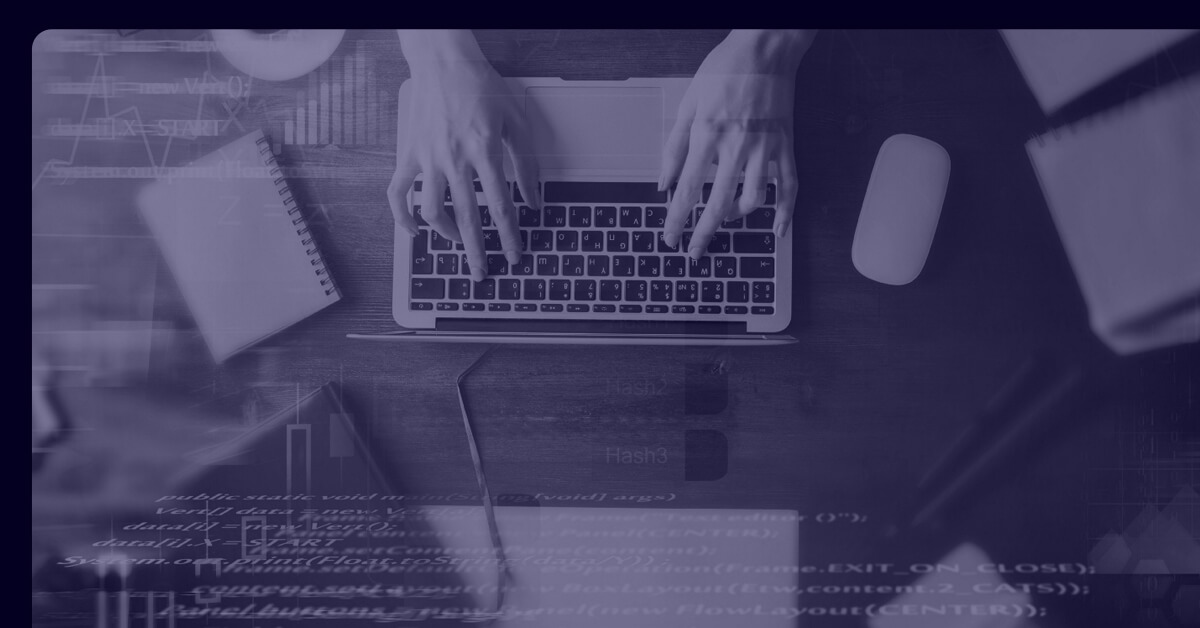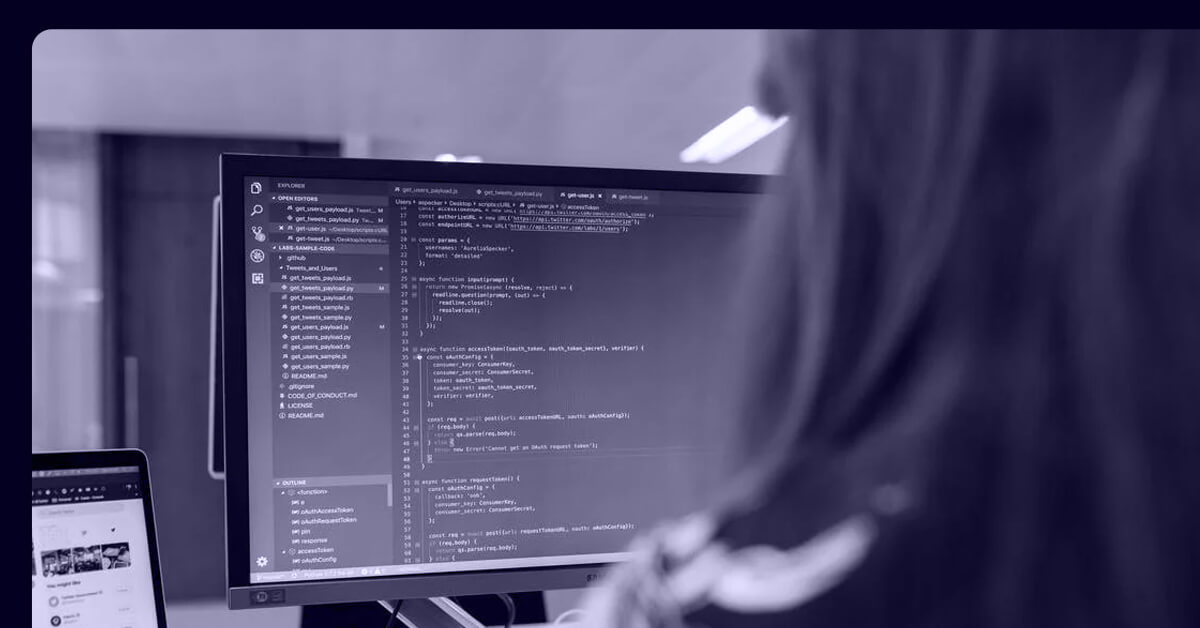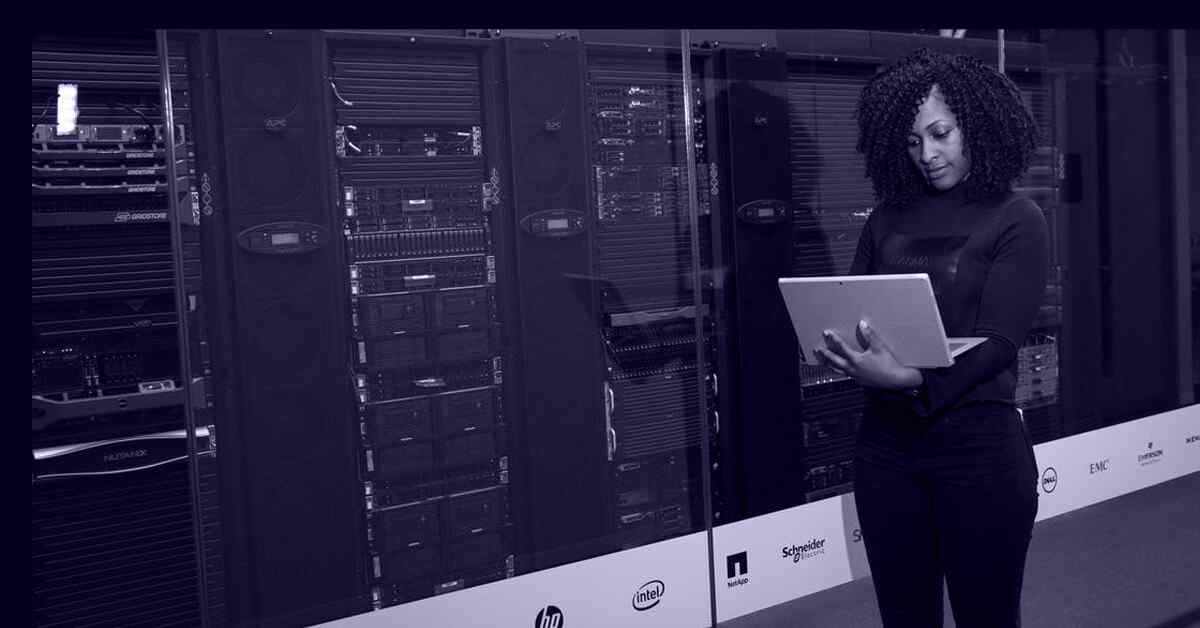
Web Scraping has existed for almost as long as there has been data to scrape. The technology is at the heart of search engines like Google and Bing, and it can to extract massive volumes of data.
On the web, data collecting is largely dependent on how it is displayed, and many websites explicitly prevent web scraping. Web scraping programs written in languages like Python or Java may assist developers to incorporate data into a range of AI applications. It Developers must consider data acquisition pipelines thoroughly. Each step of this process, from gathering the necessary data to cleaning it and putting it into the format that best suits their needs, must be scrutinized.
These networks are a continuing process. In the future, the ideal online scraping pipeline may need to be redesigned. Knowing this, there are several technologies and best practices that may help firms automate and enhance their pipelines and stay on track.
Web Scraping Use Cases and API

Web scraping entails creating a software crawler capable of collecting data from a wide variety of websites automatically. Simple crawlers may work, but more advanced algorithms employ artificial intelligence to locate relevant data on a website and copy it to the proper data field for processing by an analytics program.
As per the reports, AI web scraping-based application cases include e-commerce, labor research, supply chain analytics, enterprise data gathering, and market research. These applications are largely reliant on data and the syndication of data from many sources. Web scraping is used in commercial applications to do sentiment analysis on new product releases, curate structured data sets on businesses and goods, facilitate business process integration, and gather data in a predictive manner.
Collecting language data for non-English natural language processing (NLP) models or gathering sports statistics for constructing new AI systems for fantasy sports analysis are two examples of online scraping projects. Burak Zdemir, a Turkish web developer, employed web scraping services to create a neural network model for Turkish NLP tasks.
While there are numerous pre-trained models for English on the internet, finding a good data set for other languages is far more difficult,” Ozdemir said. He’s been experimenting with scraping Wikipedia data and other websites with structured text to train and test his models, and his work might serve as a blueprint for anyone trying to design and train NLP in languages other than English.
Web Scraping Tools

Developers may utilize a range of tools and frameworks to get their web scraping projects off the ground. Web scraping technique is primarily available in Python via online libraries.
According to Petrova, Python plays a big part in AI development, with a concentration on web scraping. Beautiful Soup, LXML, MechanicalSoup, Python Requests, Scrapy, Selenium, and urllib are among the libraries she recommends.
Each instrument has its own set of strengths, and they may frequently be used in tandem. For example, Scrapy is an open-source and collaborative data extraction platform that may be used for data mining, monitoring, and automated testing. Beautiful Soup is a Python package for parsing HTML and XML files and extracting data. Petrova uses it to model scrape scripts because it gives straightforward methods and Pythonic idioms for traversing, exploring, and changing a parse tree, according to Petrova.
Data Supplementing Using Web Scraping Services

On the front end, AI algorithms are frequently designed to understand which areas of a webpage include fields like product info, review, or pricing. The process of data augmentation may be made more effective by integrating web scraping with AI, according to Petrova.
“Web scraping, particularly smart, AI-driven data extraction, cleansing, normalization, and aggregation solutions, can significantly reduce the amount of time and resources organizations must invest in data gathering and preparation about solution development and delivery,” Julia Wiedmann, machine learning research engineer at Diffbot, an organized web search service.
The following are examples of frequent data augmentation strategies, according to Petrova:
- Extrapolation (values are given or appropriate fields are changed);
- Tagging (common information is tagged to a group, makes it much easier for the group to comprehend and identify);
- Aggregation (applying mathematical averages and means — values for relevant fields are calculated if needed); and
- Probability methods (based on heuristics and analytical statistics — values are populated based on the probability of events).
Using AI for Robust Data Scraping

Websites are designed to be human-readable rather than machine-readable, making extraction at scale and across multiple page layouts difficult. Anyone who has tried to collect and preserve data understands how tough it can be, whether it’s a manually produced database with errors, missing fields, and duplication, or the varying methods of online content publishing, according to Wiedmann.
The team has created AI algorithms that discover information that should be scraped using the same signals as a person. They also discovered that integrating outputs into practical research or test settings comes first. There may be concealed variability due to the sources’ publishing procedures.
“Reducing the amount of human maintenance in systems would reduce mistakes and data abuse,” Wiedmann stated.
Enhancing Data Structure

Web scraping data may also be structured by AI to make it easier for other apps to use.
“Though online scraping has been around for a long time, the usage of AI for web extraction has become a game-changer,” said Sayid Shabeer, CEO of HighRadius, an AI software startup.
Traditional web scraping can’t automatically extract organized data from unstructured pages, but recent advances have created AI algorithms that function in a similar way to people in data extraction services. These crawlers were utilized by Shabeer’s team to gather remittance information from retail partners for cash applications. The web aggregation engine checks merchant websites for remittance information regularly.
The virtual agents immediately record the remittance data and provide it in a digital format as the information becomes available.
After that, a set of guidelines may be used to improve the data’s quality and combine it with payment information. Rather than focusing on a single process, AI models allow crawlers to master a number of activities.
Shabeer’s team compiled the most prevalent class names and HTML elements found on various retailer’s websites and fed them into the AI engine to create these bots. This was utilized as training data to guarantee that the AI engine could handle any new store portals with little to no operator involvement. Over time, the engine improved its ability to extract data without the need for human involvement.
What are the Limitations of Web Scraping?

The US Supreme Court recently determined that web scraping for analytics and AI can be permissible in a case where LinkedIn attempted to restrict HiQ Labs from scraping its data for analytics reasons. However, websites may damage web scraping apps in a number of ways, both purposefully and unintentionally.
There are some of the most prevalent constraints she has observed are:
- Scraping at the Scale: Extraction of an individual page is simple but managing codebase, collecting data, and maintaining a data warehouse are all problems when scraping millions of pages.
- The Pattern Variation: The user interface of each website is updated on a regular basis.
- JavaScript Dependent Content: Data extraction is tough on websites that depend extensively on JavaScript and Ajax to create dynamic content.
- Honeypot Traps: Honeypot traps are used by certain website designers to identify web crawlers and offer bogus information. This may entail creating links that are hidden from normal users but visible to crawlers.
- Data of High Quality: Records that do not fulfil the quality requirements will have an impact on the data’s overall integrity.
Back End vs. Browser

Web scraping is often carried out via a headless browser that can search webpages without requiring any human intervention. However, there are AI Chabot add-ons that scrape data in the background of the browser and can assist users in discovering new information. These front-end applications employ artificial intelligence to determine how best to present relevant information to a user.
Marc Sloan, CEO and co-founder at Scout says that they primarily completed this by utilizing a headless browser in Python that extracted website content using a network of proxies. Information was extracted from the data using various web scraping techniques. Sloan and his team used Spacy for extracting the entities and relations from unorganized text and convert them into Neo4j knowledge graphs. Session type, session similarities, and session endpoints were all identified using convolutional networks.
To maintain privacy, they have subsequently relocated the processing to the user’s browser, which runs in JavaScript. They’ve also streamlined the data models to make them operate faster in the browser. Sloan feels that this is only the beginning. The development of various types of AI agents that operate locally to assist individuals in automating their interactions with various websites will only increase in the future.
For any data extraction services, contact X-Byte Enterprise Crawling today!
Request for a quote!
